Inside San Pedro, Bolivia’s Notorious Prison Run by Inmates
May 24, 2024Nestled among the Andes in La Paz, Bolivia’s capital city, San Pedro is a self-governing prison where the inmates run everything. Home to almost 3,000 inmates—despite being designed to hold 600—police guard the perimeter and look out for riots, but that’s it.
Inmates have to buy or rent their cells off other prisoners, with money made working in the prison, and can even pay for their families to live with them. San Pedro is stratified from cheaper, more dangerous areas up to higher-end, near-gated communities with private bathrooms and cable TV.
In 2016, the Italian documentary photographer Andrea Carrubba managed to get a permit to report inside the prison. “Slowly, the inmates started to know me and trust me. I realized I could go around alone and meet other people, visit them in their cells, eat with them, play the guitar and chat with them,” Carrubba says. “I got particularly close with some of them. In the two months I spent in La Paz, I almost exclusively had friends inside the prison—I met almost no one outside.”
“There was a rigid pyramid system, where at the top was Victor Hugo Mendoza, a prisoner at the head of a council of delegates, who commanded like a king inside the prison," says Carrubba.
"Extortion, threats, and beatings were commonplace. Preserving order was a group of men under Mendoza's orders, his personal army called 'Disciplina'. All inmates had to pay cell rent and a section membership fee. Breakfast and lunch were provided by the penitentiary, dinner was not.”
San Pedro crept into the imagination in 2003, with the publication of Australian author Rusty Young’s cult-classic Marching Powder, a non-fiction account of British-Tanzanian Thomas McFadden’s time served in San Pedro for cocaine smuggling. Up until 2009, tourists could bribe the guards and go on guided tours inside the prison.
“To have money, the inmates could have it brought to them by visiting friends and relatives or work inside the prison, which was organized like a small city: minimarkets, restaurants, carpentry shop, hairdresser, etc.,” Carrubba says.
“The weekly shifts required the inmates to clean the common and surveillance areas. Visits were paid for, as was the opportunity for prisoners' wives and their children to live together as a family. Those who could not afford anything better lived on the margins.”
Drugs were rampant in the prison—especially weed and a “cocaine-based paste,” Carrubba says. The preventative detention system practiced at San Pedro, where potentially innocent people were locked up for months or even years before trial, was another major flaw.
But for Carrubba, one of the most challenging aspects of the prison was seeing children left on their own for hours during the day and night “by absent parents or those under the influence of drugs.”
The children were sometimes the victims of abuse, he says, “despite the commitment of the volunteers and psychologists who were with them every day and who tried to protect them as much as possible.”
San Pedro represents “a good idea, handled terribly,” Carrubba argues.
“Granting more freedom to prisoners, giving them the opportunity to work to earn a salary or allowing families not to split up in the event of the arrest of one of the parents, are all certainly positive aspects that should be encouraged in any prison.
“Starting from the assumption that detention is not society's revenge on the criminal, but a re-education process aimed at reintegration into society, locking a prisoner up for 23 hours a day has no educational value.”
Below, see a selection of Carrubba’s photos of San Pedro:
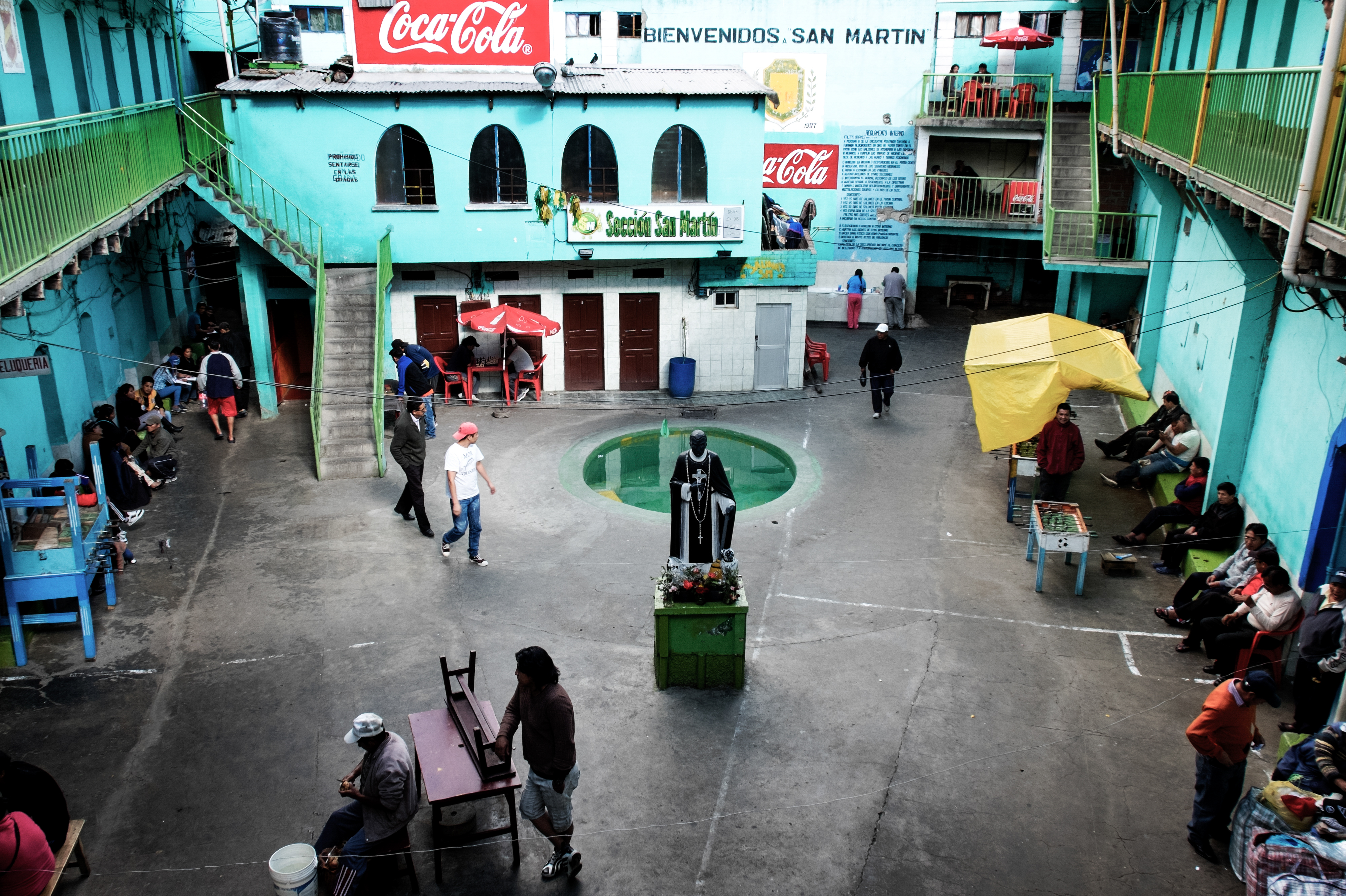
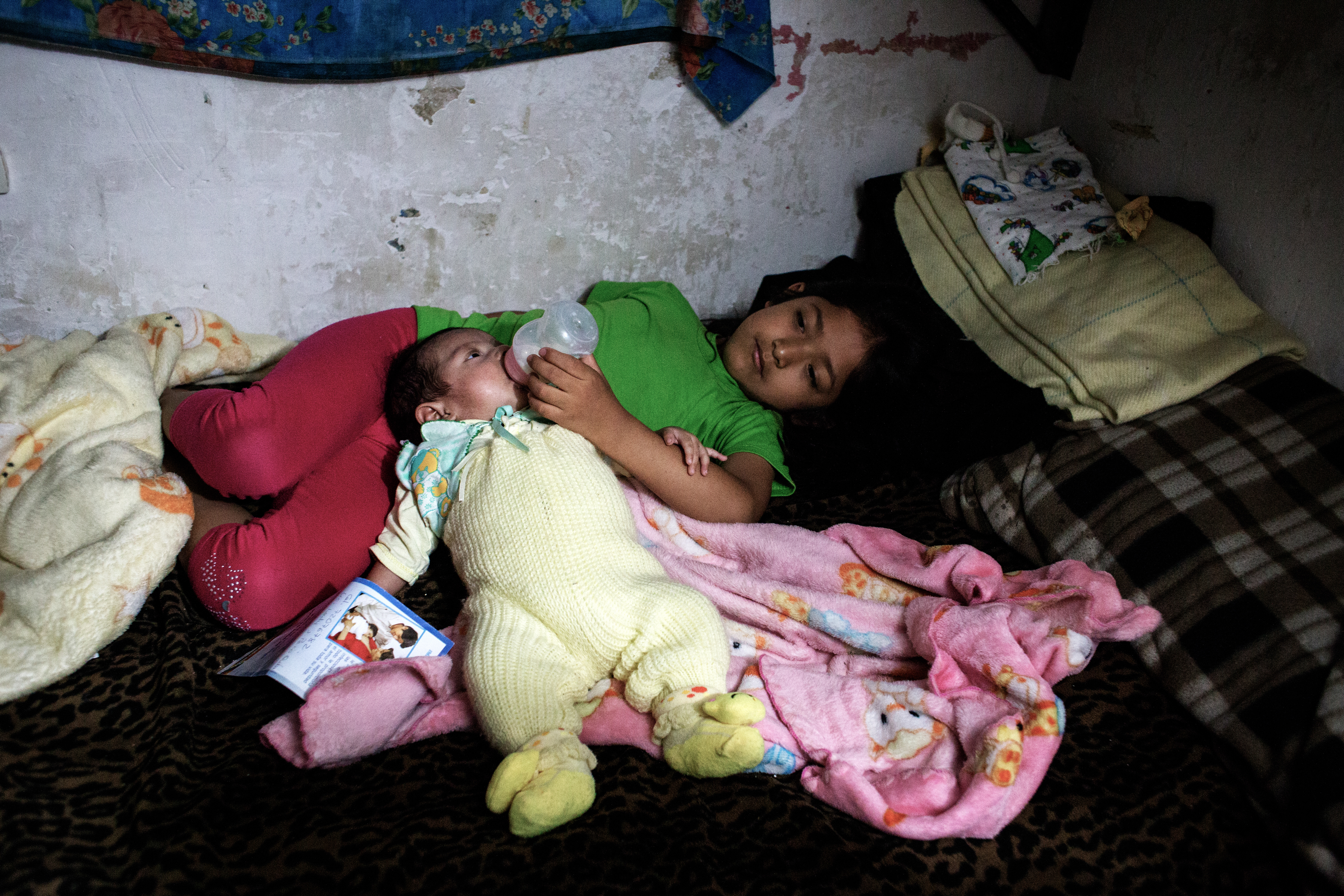
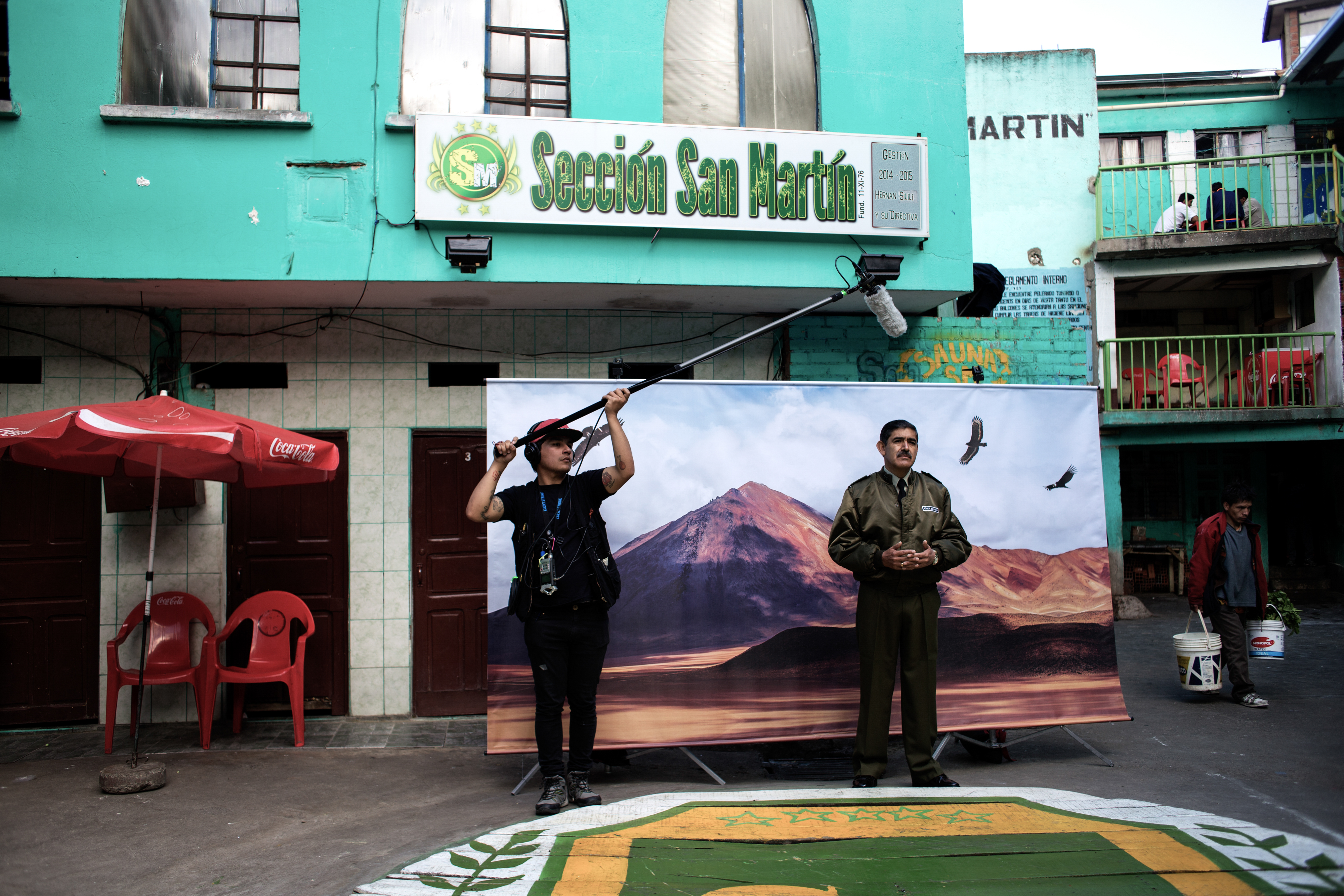
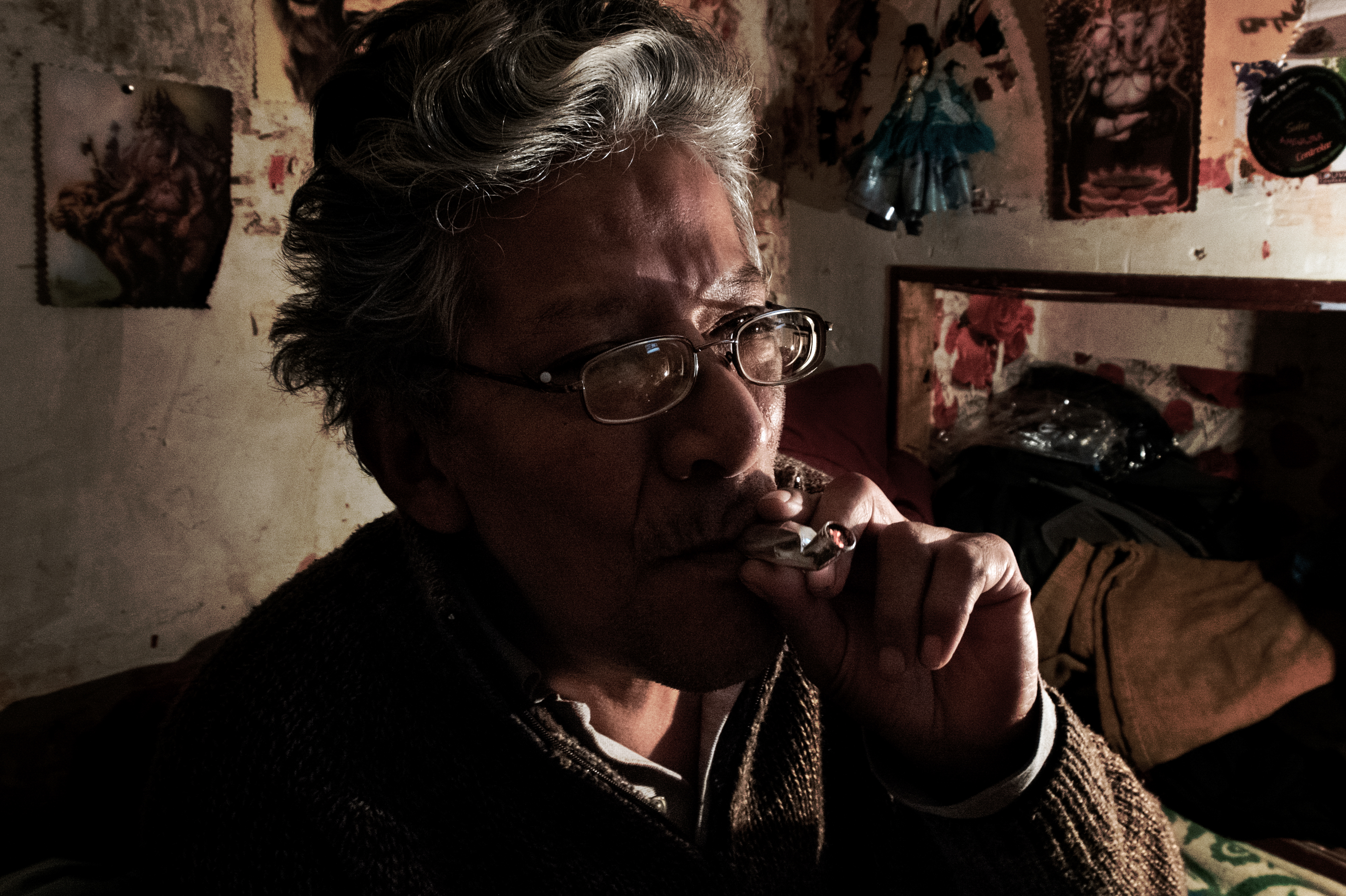
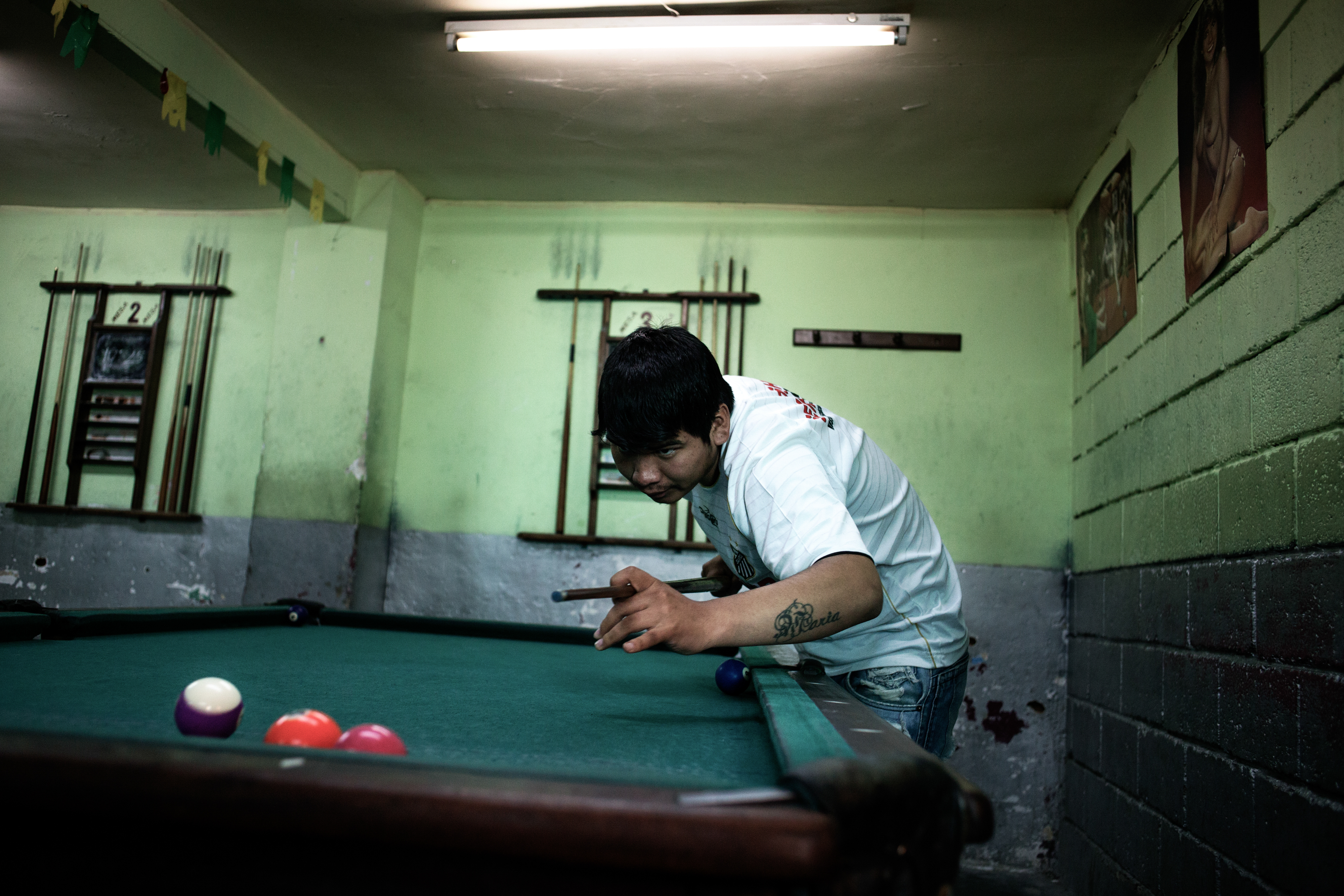
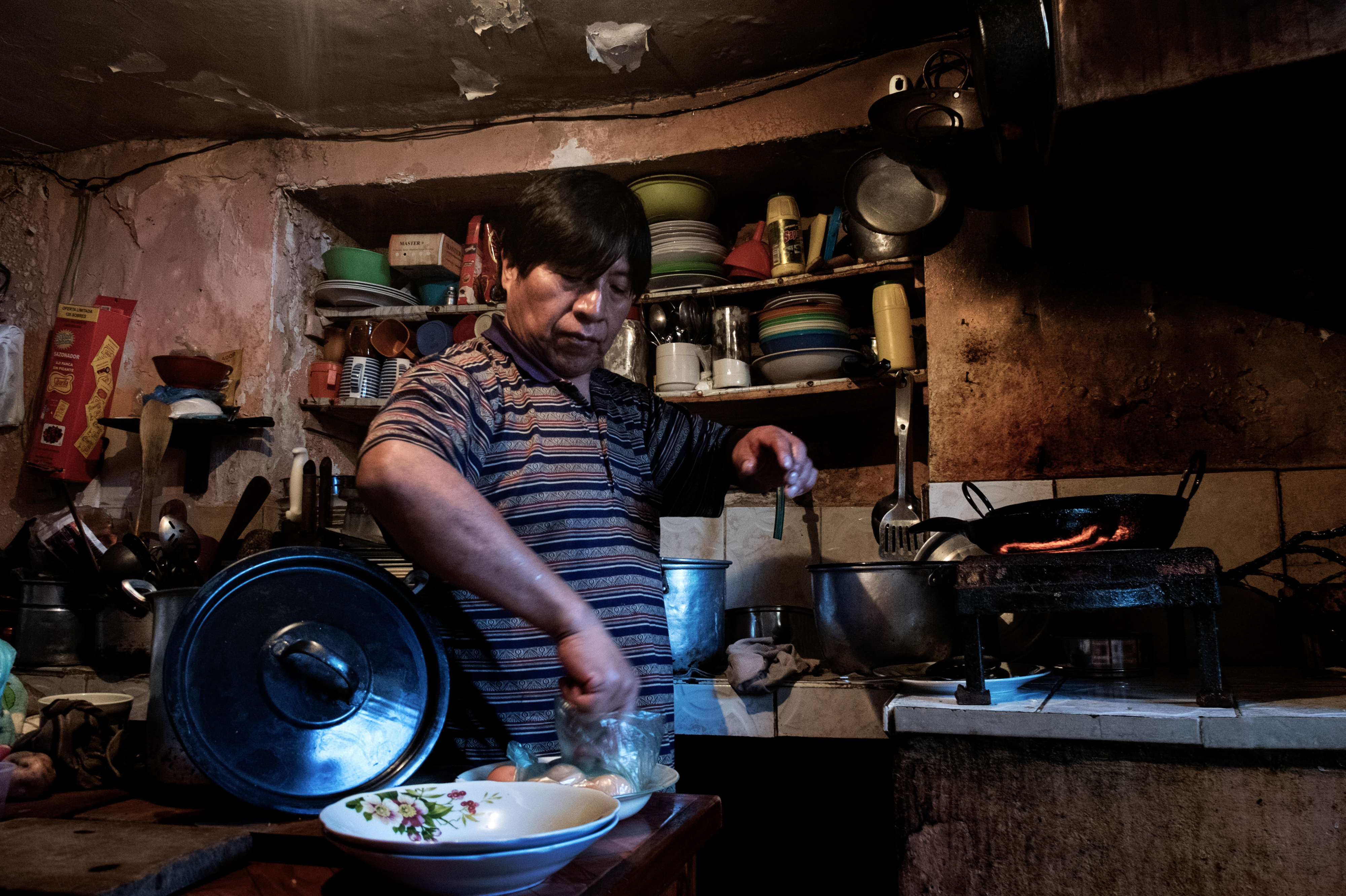
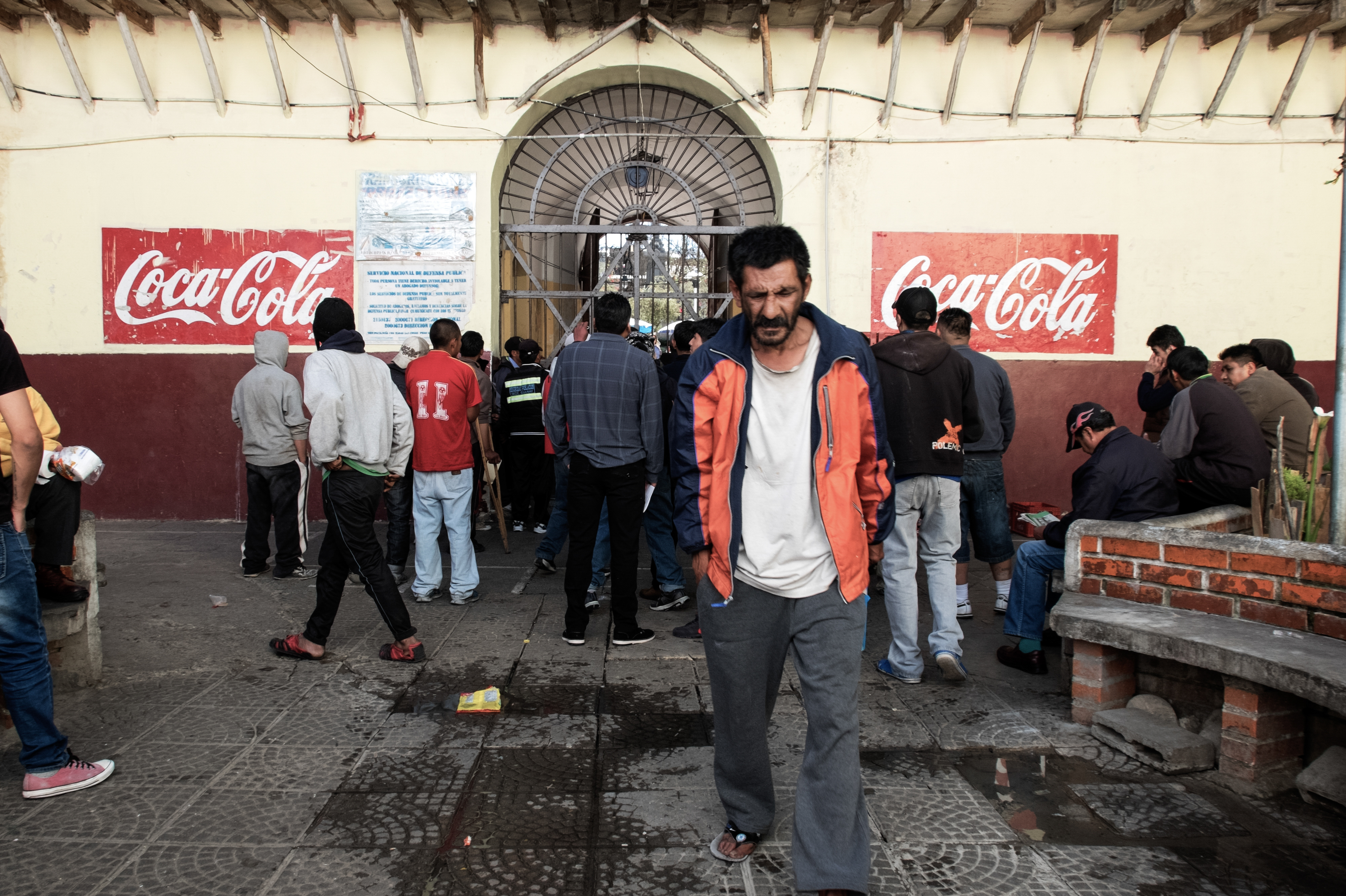
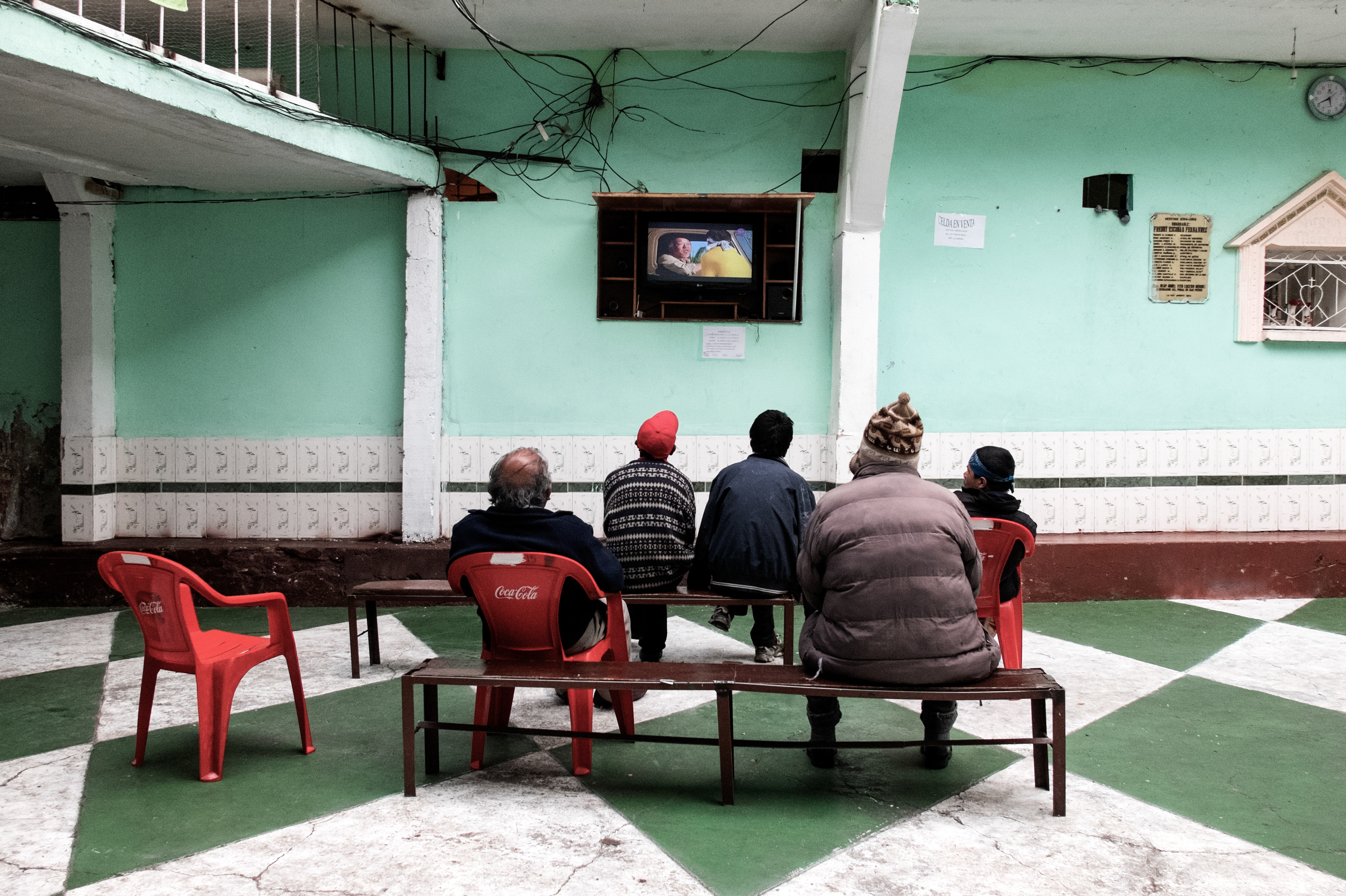
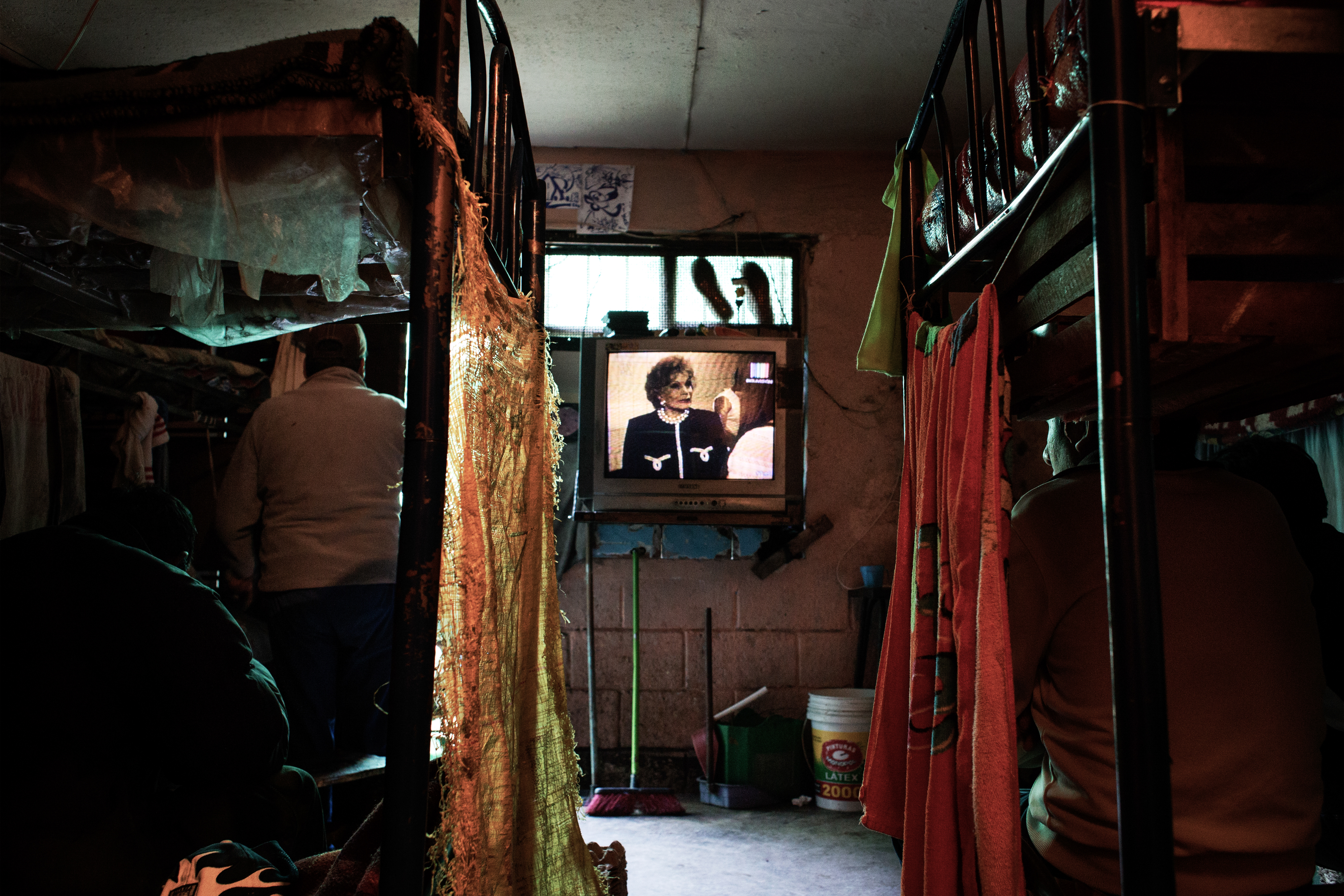
Follow Nick Thompson on Twitter.
